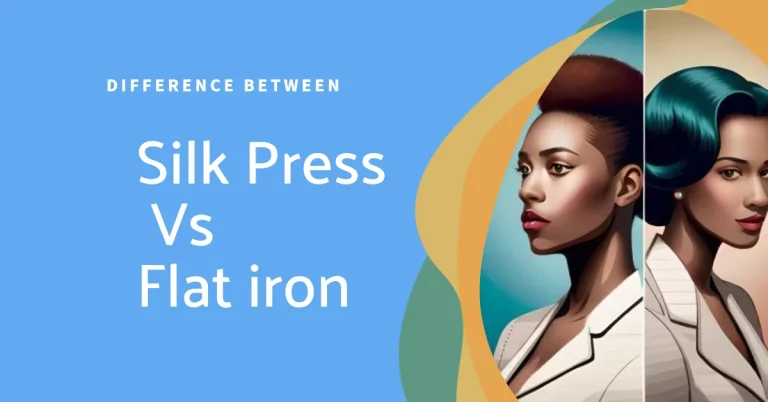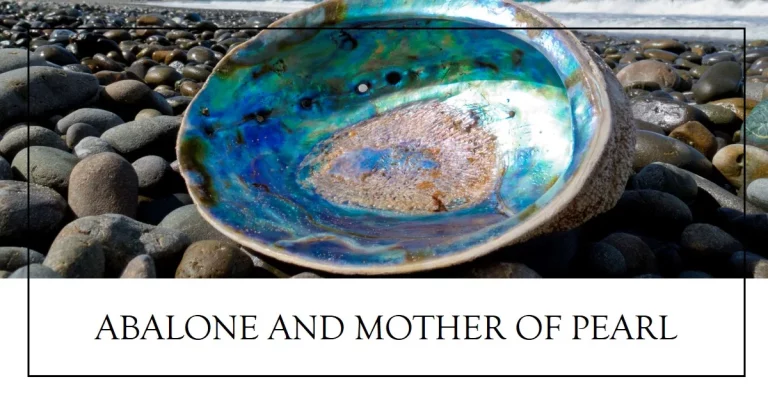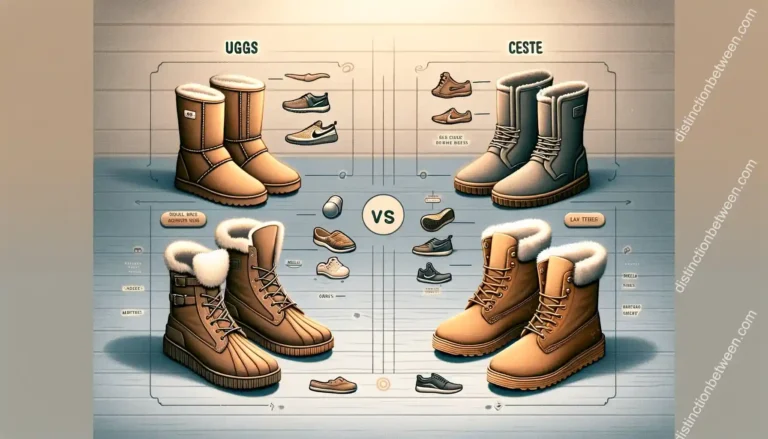What is the Difference Between Crepe and Georgette Fabric
Did you Know Difference Between Crepe and Georgette Fabric ? Picture this: you’re in a fabric store, mesmerized by rows upon rows of sumptuous materials. You come across two fabrics – Crepe silk and Georgette. Both are popular fabrics known for their versatility and elegance. They look similar, but what’s the catch? Don’t worry! This article is your fabric guide, as we dive into Difference Between georgette vs chiffon crepe Fabric.
Here is a comparison table of crepe and georgette fabrics:
| Feature | Crepe | Georgette |
|---|---|---|
| Origin | France | France |
| Fiber | Silk, wool, synthetic | Silk, rayon, viscose, polyester |
| Weave | Plain | Plain |
| Yarn | High-twist | High-twist |
| Texture | Wrinkled, bumpy | Matte, dull |
| Weight | Light | Medium |
| Opacity | Sheer | Sheer |
| Stretch | Low | Low |
| Drape | Good | Excellent |
| Silhouette | Form-fitting | Flowy |
| Care | Dry clean | Dry clean or hand wash |
| Applications | Eveningwear, blouses, skirts, dresses, scarves, home decor | Eveningwear, blouses, skirts, dresses, scarves, home decor |
What is Crepe?
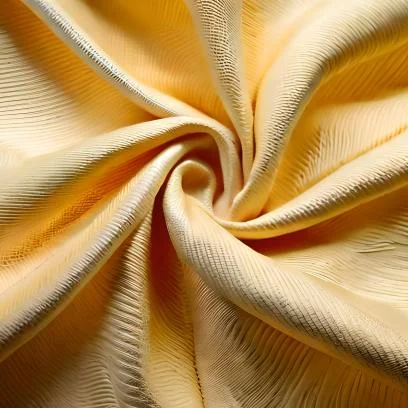
Crepe is a luxurious material known for its unique texture and appearance. It is made from a variety of fibers, including silk, polyester, and wool. However, silk crepe is the most sought-after and highly regarded among them. The fabric is made by using high twist yarns in the weaving process, resulting in a distinctive crinkle or pebbled surface. It has a matte finish and comes in a wide range of colors and patterns.
Origin and History
It was invent in France in the 18th century. It’s the product of a peculiar weaving technique, giving it that signature crinkled texture. Historically, it was use in mourning wear but has now claimed its place in the world of high fashion.
How it is Made
Crepe fabric is made through a unique weaving technique that results in a crinkled surface texture. The fabric is made of twisted yarn, typically silk, wool, cotton, or synthetic materials.

Characteristics
- Matte Appearance: Matte finish, giving it an understated elegance suitable for both formal and casual wear.
- Crinkle Texture: The tightly twisted yarns in fabric create a crinkled texture, adding depth and interest to the fabric’s surface.
- Luxurious Drape: Crepe fabric drapes beautifully, flowing smoothly and gracefully over the body.
- Lightweight: It is a lightweight fabric, making it comfortable to wear, especially in warmer climates.
- Versatility: Its versatile and can be use to create a wide range of garments, from blouses and dresses to evening gowns and bridal wear.
Uses

- Blouses and Tops: Popularly use in the creation of stylish blouses and tops due to its drape and texture.
- Dresses and Gowns: Often choose for creating elegant and flowy dresses, including evening gowns and bridal wear.
- Skirts and Bottoms: The lightweight nature makes it suitable for skirts and bottoms that require a comfortable and flattering fit.
- Formal Attire: Luxurious appearance makes it a preferred choice for formal and special occasion wear.
- Silk crepe: This is a luxurious fabric that is made from silk fibers. It has a soft, crinkled texture and a smooth, matte finish. Silk crepe is often use for evening gowns, cocktail dresses, and suits.
Benefits of Crepe Fabric
- Wrinkle-free, making it an ideal fabric for travel
- Resistant to shrinkage
- Breathable, making it comfortable to wear in hot weather
- Dries quickly, ideal for outdoor activities
Read Related post What is the difference between shaw and shawl?
Different Types of Crepe Fabric
- Wool crepe: This is a warm and versatile fabric that is made from wool fibers. It has a slightly coarser texture than silk crepe and a more pronounced crinkled appearance. Wool crepe is often use for coats, dresses, and skirts.
- Crepe de chine: This is a lightweight fabric that is made from silk fibers. It has a smooth, crepe-like texture and a subtle sheen. Crepe de chine is often use for blouses, skirts, and dresses.
- Crepe back satin: This is a fabric that has a crepe-like texture on the front and a satin finish on the back. It is made from silk, polyester, or a blend of fibers. Crepe back satin is often use for evening gowns, formalwear, and suits.
- Crepe Georgette: This is a lightweight fabric that is made from silk or synthetic fibers. It has a soft, crinkled texture and a sheer appearance. Crepe Georgette is often use for blouses, scarves, and shawls.
- Plisse: This is a type of crepe fabric that has been pleated or crinkled during the manufacturing process. It can be made from silk, polyester, or a blend of fibers. Plisse is often use for skirts, dresses, and jackets.
These are just a few of the many different types of crepe fabric available.
What is Georgette Fabric?

Georgette fabric is another lightweight and sheer fabric that is widely used in the fashion industry. It is most commonly made from silk but can also be produced using synthetic fibers like polyester. Georgette fabric is woven in a way that creates a slightly grainy texture on the surface.
Origin and History
Georgette fabric was created by a French dressmaker, Madame Georgette de la Plante in the early 20th century. Initially made from silk, it later evolved to include synthetic fibers like polyester.
How it is Made
Georgette fabric is made of silk and synthetic fibers, which are tightly twisted together to give it a slightly rough texture. It is then woven using a plain weave or a crepe weave, which gives it its distinctive surface texture.
Characteristics
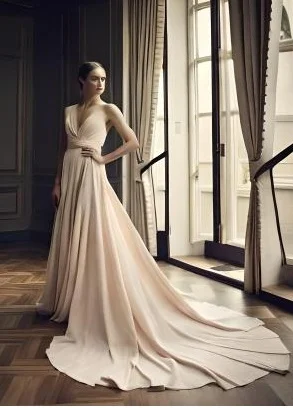
Georgette fabric possesses several key characteristics that make it a popular choice in the world of fashion:
- Sheer and Lightweight: Georgette is a sheer fabric that allows light to pass through. It is lightweight, making it comfortable to wear, especially in warmer weather.
- Good Sheen: Georgette fabric has a subtle sheen, adding a touch of elegance and sophistication to garments.
- Durable: Despite its delicate appearance, georgette is a durable fabric that can withstand regular wear and tear.
- Beautiful Drape: Georgette fabric has a beautiful drape, giving garments a graceful and flowing look.
- Versatility: Georgette fabric is use in various garments, including sarees, dresses, tops, and scarves.
Uses

Georgette fabric finds wide application in the fashion industry due to its unique characteristics. Some common uses of georgette fabric include:
- Sarees: Georgette is a popular choice for traditional Indian sarees due to its lightweight and draping qualities.
- Dresses and Tops: Georgette fabric is commonly use in the creation of dresses, tops, and tunics, providing a comfortable and stylish option.
- Scarves and Stoles: The sheer and lightweight nature of georgette makes it an excellent choice for scarves and stoles, adding a touch of elegance to any outfit.
- Evening Wear: Georgette fabric is often favor for creating elegant evening gowns and formal attire.
Benefits of Georgette Fabric
- Breathable, making it comfortable to wear
- Dries quickly
- Easy to drape
- Versatile
Different types of georgette fabric
- Silk Georgette is the most traditional type of georgette. It is made from pure silk and has a sheer, lightweight, and crinkled texture. Silk georgette is often use for formalwear, evening gowns, and bridal wear.
- Double Georgette is a thicker and more opaque type of georgette. It is made from two layers of silk georgette that are bonded together. Double georgette is often use for skirts, blouses, and dresses.
- Stretch Georgette is made from silk or synthetic fibers that have been blended with spandex. This gives the fabric a bit of stretch, making it more comfortable to wear. Stretch georgette is often use for skirts, dresses, and tops.
- Satin Georgette is made with a satin weave, which gives the fabric a shinier finish. Satin georgette is often use for evening gowns, cocktail dresses, and blouses.
- Jacquard Georgette is made on a jacquard loom, which allows for intricate patterns to be woven into the fabric. Jacquard georgette is often use for formalwear, evening gowns, and scarves.
- Polyester Georgette. It is less expensive than silk georgette, but it is also less sheer and drapey. Polyester georgette is often use for casualwear, such as skirts, tops, and dresses.
Also Read What is the difference between embroidery and weaving?
Difference between crepe and georgette
Ah, the mystery deepens. Let’s put on our Sherlock Holmes hats and investigate the differences between these fabrics.
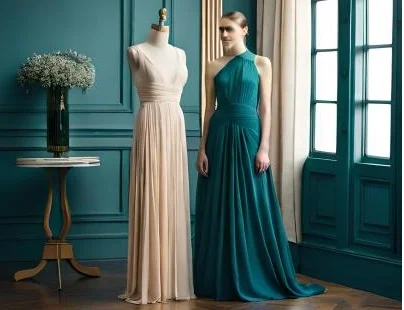
Textural Differences
Crepe has a distinctive crinkled, pebbly surface, whereas Georgette is sheer, lighter, and has a smoother but slightly grainy texture.
Material Composition

Crepe made from various materials, including wool, silk, and synthetics. On the other hand, traditional Georgette is made from silk, but today it’s commonly made from synthetic fibers like polyester.
Drapability and Use
Crepe is more structured and holds its shape, making it excellent for tailored pieces like pants and blazers. Georgette, with its ethereal drape, is the go-to fabric for flowing garments like dresses, blouses, and scarves.
Weave and Drape
The weave and drape of crepe and georgette fabric also differ. Crepe fabric is woven using high twist yarns, resulting in a unique crinkle texture and a luxurious drape. On the other hand, georgette fabric is woven to create a slightly grainy texture and a beautiful flowing drape.
Weight and Thickness
In terms of weight and thickness, crepe fabric is slightly heavier than georgette fabric. Crepe fabric has a more substantial feel, while georgette fabric is lightweight and sheer.
Versatility and Applications

Both crepe and georgette fabric are versatile and find application in the fashion industry. Crepe fabric is often choose for creating elegant evening gowns, bridal wear, and formal attire. Georgette fabric, on the other hand, is popularly use in traditional sarees, dresses, tops, and scarves.
Maintenance and Care
When it comes to maintenance and care, georgette fabric requires more delicate handling than crepe fabric. Georgette fabric its best to hand wash or dry clean to preserve its texture and drape, while crepe fabric can withstand machine washing or dry cleaning.
Sheen and Matte
Georgette fabric has a shiny surface, and silk georgette is even more reflective compare to its polyester version. In contrast, crepe has a matte and crumpled surface.
What are the Similarities Between Crepe and Georgette Fabric?
While each of these fabrics has distinct qualities, they also share similarities.

Made from Silk
Both fabrics are make with silk, which contributes to their luxurious feel.
Dyeing Process
The dyeing process of both is relatively similar and include dying the fabric after it has been woven and twisted.
Used in Bridal and Evening Wear
Crepe and georgette fabrics are both frequently use in bridal and evening wear, providing elegant and flowy pieces that enhance the body shape. They give a feminine look and feel that is always in style.
Making the Right Choice Crepe vs Georgette
Fashion Tips and Tricks
Crepe is perfect for a polished, sophisticated look. Think business suits, pencil skirts, and structured dresses. Georgette, with its fluidity, is your ally for a whimsical, airy style. Imagine flowy dresses, layered tops, and elegant scarves.
Use crepe when you need a fabric that can hold intricate details, like pleats or darts. For a fabric that falls and moves with grace, Georgette is your best bet.
Care Instructions
Caring for your garments is as important as choosing the right fabric. Crêpe fabric usually requires gentle washing and should be iron at low temperatures. Georgette, being delicate, should be hand-wash or dry-clean, and ironing should be do with care to avoid damaging the fabric.
Conclusion
Summarizing the Differences
Our fabric journey ends here, but let’s do a quick recap! Crepe, with its crinkled texture and structured form, is versatile and great for tailored outfits. Georgette, light as a feather and gracefully draping, is ideal for fluid, ethereal garments. Both fabrics have rich histories and distinctive characteristics, but knowing their differences empowers you to make the right choice for your sewing project or wardrobe. So, next time you’re in that fabric store, you’ll be strutting down the aisles like a pro!
Source URLs


